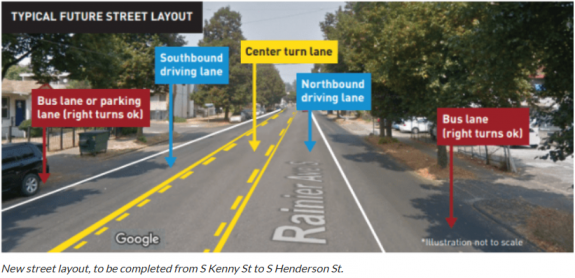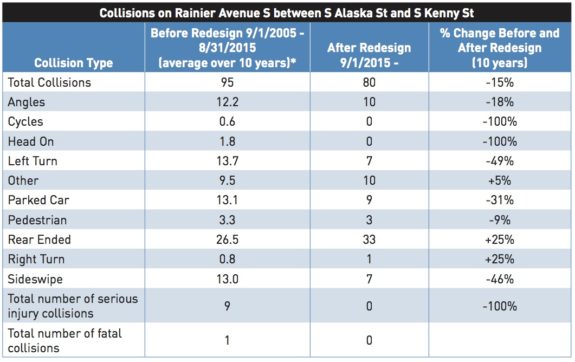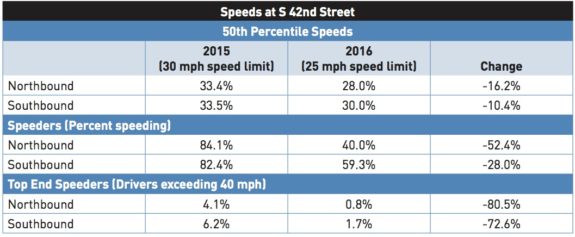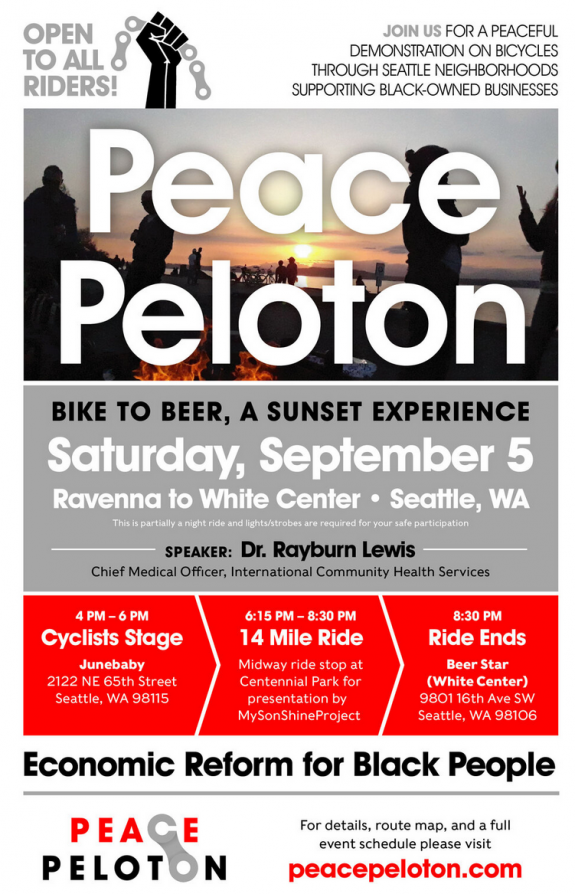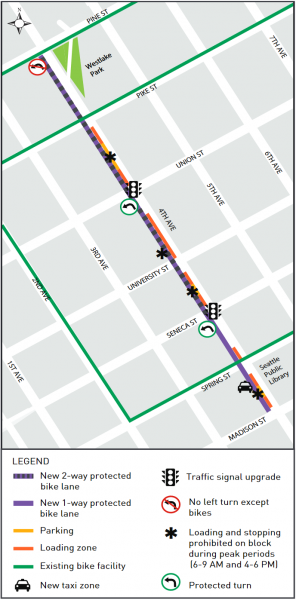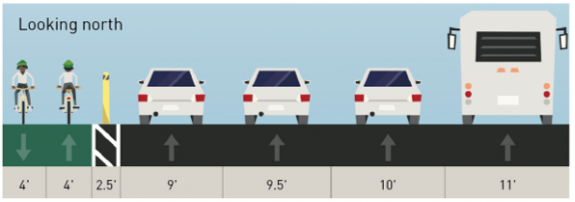 Rainier Ave S has long held a terrible title: The most dangerous street in Seattle. It saw more crashes per mile than the city’s other deadly streets, including Lake City Way and Aurora, despite carrying far fewer trips.
Rainier Ave S has long held a terrible title: The most dangerous street in Seattle. It saw more crashes per mile than the city’s other deadly streets, including Lake City Way and Aurora, despite carrying far fewer trips.
“During a 6-month study in 2015, on average, there was 1 crash per day that took 45 minutes to clear,” SDOT wrote on the project website.
Despite being the central commercial street for many Rainier Valley neighborhoods, Rainier Ave was designed like a highway. With multiple lanes in each direction and no center turn lane, the street encouraged speeding and prioritized people traveling through the neighborhood over people trying to make turns or cross the street. So not only were there a lot of crashes at high speeds, but they were often the most dangerous kind (pedestrian, cyclist, head on and left turn collisions). The result has been decades of people dying and being seriously injured with little to no action to prevent them.
Then in 2015, Seattle redesigned a stretch of Rainier Ave S in Columbia City to reduce collisions along one part the street. It took an enormous amount of political pressure, including a protest in Columbia City, to convince the city to take action and redesign the street. And the results were jaw-dropping. Just by repainting the lines and changing some signs, SDOT’s Vision Zero team was able to reduce dangerous collisions and speeding by huge percentages. But most notably, this stretch of the street averaged 9 serious injuries and 1 death every year before the changes. The project reduced that to zero.

 With such an incredible success, the city immediately went out and completed this safety project along the rest of the street, right? The logical and compassionate response to the results in these charts would be to all but declare a public health crisis and fix the rest of the street immediately before more people get hurt. If this were a medical study, researchers would have taken one look at these results, stopped the study and then immediately administered this obviously effective medicine to all patients. Because physicians have a sworn ethical duty to do no harm, and every number in these charts represents a real human being with people who love them. Even one should be considered unacceptable.
With such an incredible success, the city immediately went out and completed this safety project along the rest of the street, right? The logical and compassionate response to the results in these charts would be to all but declare a public health crisis and fix the rest of the street immediately before more people get hurt. If this were a medical study, researchers would have taken one look at these results, stopped the study and then immediately administered this obviously effective medicine to all patients. Because physicians have a sworn ethical duty to do no harm, and every number in these charts represents a real human being with people who love them. Even one should be considered unacceptable.
But there is no Hippocratic Oath for people making transportation policy. It is considered acceptable to knowingly allow people to die preventable deaths in traffic, and therefore such deaths are not treated like an emergency. (more…)
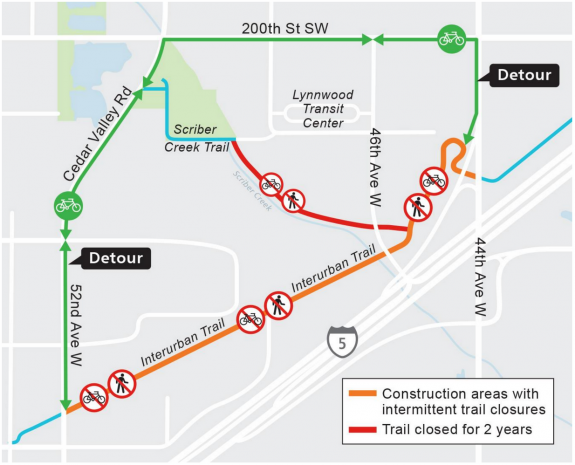 Work on Lynnwood Link will close the Scribner Creek Trail for two years and will require intermittent closures of the Interurban Trail, Sound Transit says.
Work on Lynnwood Link will close the Scribner Creek Trail for two years and will require intermittent closures of the Interurban Trail, Sound Transit says.
